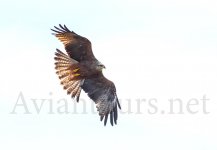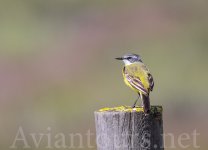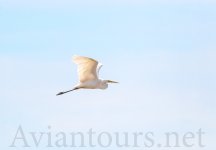eddy the eagle
Well-known member
Yesterday,strong ,force 6/7 easterlies,no BOP over Los barrios,none over Pelayo area,moved on to Cazalla,where met up with my Danish friends Tage and Marrianne,just could see one or two black kite struggling against the wind alond the coast near Traffico.After half an hour or so being blown to death moved to Bolonia and to the hide at Azar where there were the usual 20 or so Griffon nests with birds coming and going and over flying.At about 3pm 3 northern bald ibis overflew,together with a few black kite and short toed eagles.Then decided to move to the cave area on Sierra Plata and watch the Griffon nests there.Also the two resident Egyptian vultures put in an appearance and landed on the cliff face in front of us and mated.The remained there for a good half hour preening and the like.Overflying this area were,male hen harrier,male and female marsh harrier,many,sparrowhawks,booted eagles and short toed eagles and later about 6 ish 100´s of black kite.All the birds seem to be coming from the southwest ie,Zahara or Barbate area so I think that is where they were blown to.At 6.30pm went for a beer in Bolonia and saw a large number of black kite coming in from the sea across the village.At this time the wind had dropped to about force 4/5.Whilst watching the Egyptian vultures was able to see a bald patch on the chests of both birds, which I have never seen before.I will post this under a new thread on BOP. Kind regards to all ...Eddy.






